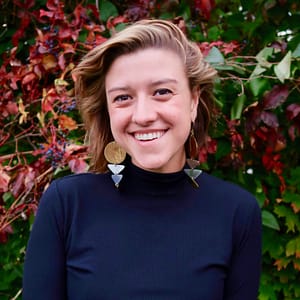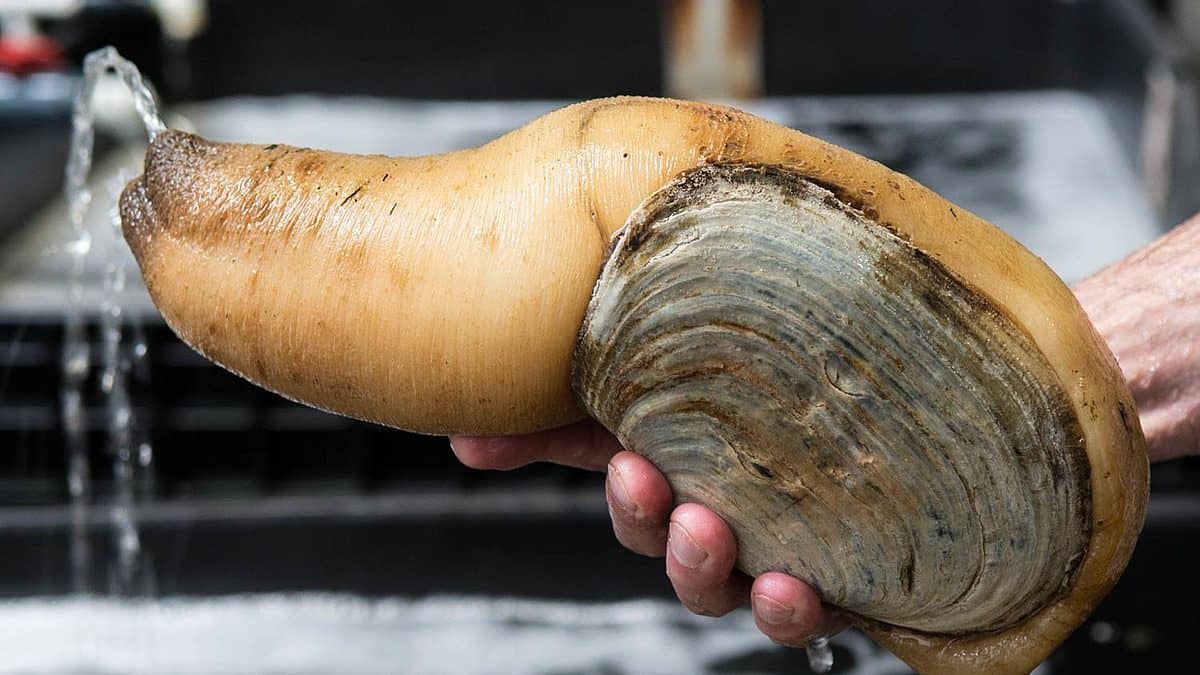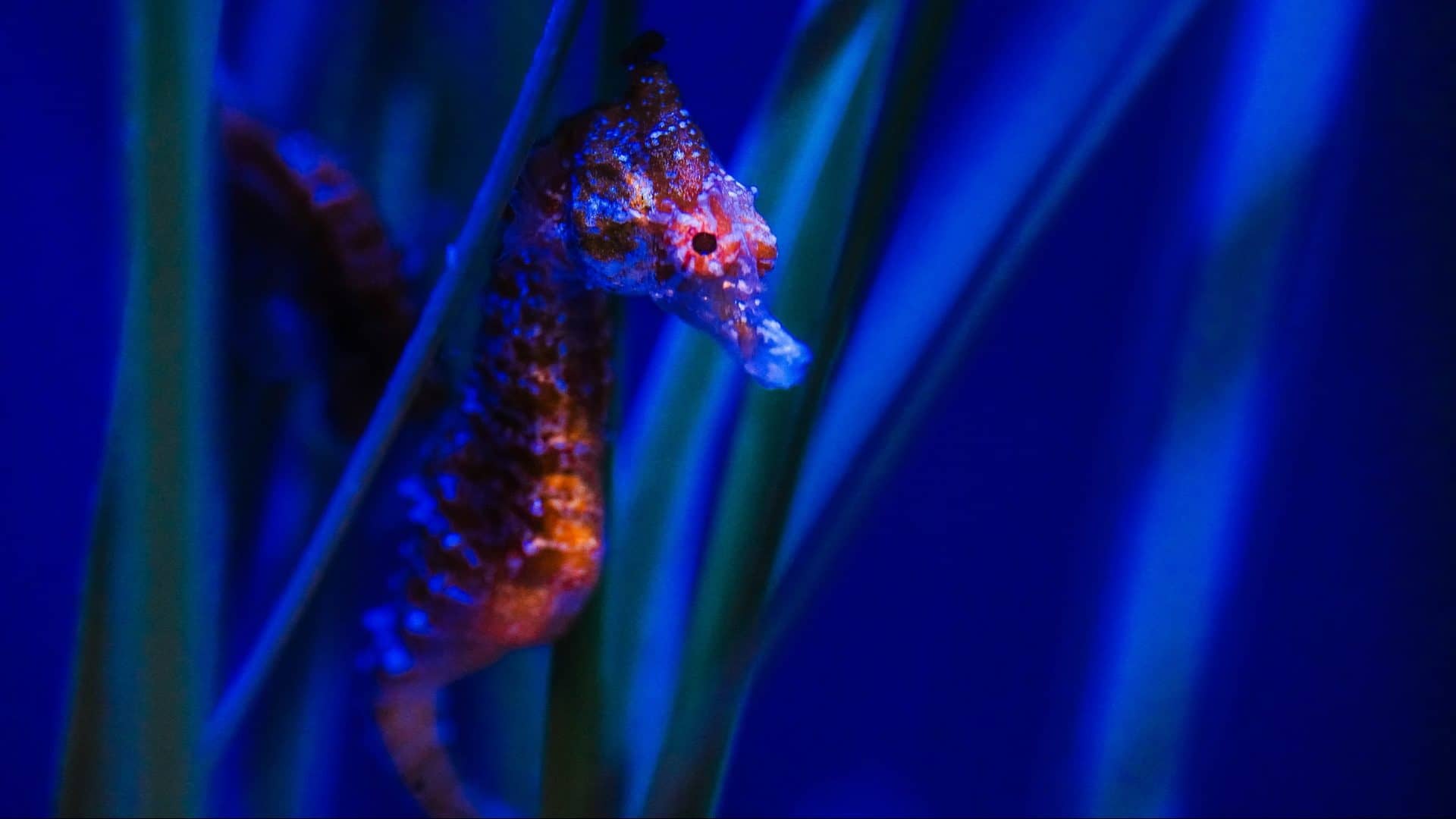Have you ever had someone point something out to you and then you start to see it everywhere? Suddenly you’re a part of a secret club of people who see the world with just a little more wonder. Well, we’re about to let you into one of those secret clubs and we think you’ll really take a lichen to this new world view!
Lichen, yes, that flat, frilly-edged stuff that covers rocks, trees, the forest floor, maybe even your house. It’s actually one of nature’s most perplexing little wonders. It comes in all kinds of shapes, sizes, and colors and covers 7% of the world! Neither plant nor fungus, this fascinating organism is all its own.
Ready to see the world with a little more wonder? Let’s get a closer look!

A world of their own!
So, what is a lichen anyway? Lichens are actually tiny ecosystems made up of fungi, algae, and even bacteria! The fungus provides the structure for the lichen and the algae give it its color and provide nutrients for the fungus through photosynthesis.
Lichens come in all kinds of shapes and sizes and cover just about every slow or unmoving surface. Once somebody points out what a lichen is, you start to see them everywhere.
From afar they decorate the bark of trees and the sides of boulders with splotches of color and texture, but once you get up close lichens take on a new life. At this level they aren’t just interesting, they are gorgeous. Tiny sculptures in all kinds of colors and shapes. Start looking closely and you’ll find yourself seeking out the strangest specimens you can find.
If you don’t have time to go inspect some nature for yourself at the moment, let’s get you started on these miniature natural wonders with an incredible video from SciFri.
SciFri is an amazing place to find all things science on YouTube. With beautiful and informative videos you can investigate the many corners of science and the natural world!
Oh, and if you want to see more of Tim Wheeler’s spectacular photography, go check out his website. He’s photographed hundreds of lichens in stunning detail. Just looking through his site is like going on a little adventure through another world!
If you’re going out to scout some of your own, keep an eye out for the three different shapes out there: Foliose, Fruticose, and Crustose. 2
Foliose
Foliose lichens are the ones that look like little leaves–think foliage. They have two distinct sides like a little leaf of lettuce with ruffled edges.

Fruticose
Fruticose lichens are a little bit more varied in structure. They can be pendant shaped, hair-like, shrubby, cup-shaped. Essentially these little guys have a bit more body and structure to them than the other two types.

Crustose
Lastly, there are crustose lichens–think crusty. They form a crust over surfaces like rocks, trees, roofs, or even your car. Very often they come in bright and varied colors.

Solving a 150-Year-Old Mystery…
Alright, so lichens: they are beautiful, they are everywhere, they are a source of mystery?
For 150 years, it was established science that lichens were made up of a single fungi species and a single algae species living in a symbiotic relationship. In fact, the word symbiotic was used in science to describe the relationship of the lichen’s fungus and algae. 3
Together, these two organisms created what we would call a lichen. When this theory was proposed in 1868 by Swiss botanist Simon Schwendenerm, it was met with resistance. This kind of composite organism went against the science of the time that was hard at work seperating the natural world into distinct silos. 4 Over time though, the theory was widely adopted and accepted as scientific fact.
But, with the rise of DNA testing the mysteries of lichenology grew deeper. (Yeah, not a sentence I thought I would read, either.) When scientists started studying the DNA of two seemingly distinct species of lichens they found something confusing. At a genetic level, they appeared to be exactly the same! And yet, the difference between the two species was deadly to humans.
So, what was going on?
Well, it took the brainpower of an unlikely and diverse group of thinkers to dig in and find the answers to what in the world was happening on a lichen level.
Check out this beautiful short film from Chris A. Johns about this fabulous process of discovery.
If you want to read more about this story, check out this great piece from the Atlantic! It’s certainly an unexpected origin story for a lichenologist who would wind up changing his field!
And if you want to see more of Chris A. Johns’ work pop over to his Vimeo Channel or his website. He’s an evolutionary biologist combining his love of nature with his expertise in media to create beautiful windows into the natural world.
“Without the whole group working together we would have never been able to study the organisms that have to work together.” 6
To the average person, discovering that lichens are the composite organism of two species of fungi and algae may not be life-changing. But the process that it took to crack the mysteries of lichen can be. It took people with different sets of life experiences and expertise coming together to solve this perplexing problem.
It’s no mystery that this is a recipe for success in fields outside of lichenology, too.
Whether we’re contemplating what life would look like on Mars, or finding solutions to changing the future of farming, diversity of thinking helps us imagine more potential for what’s possible in the future, and solve the questions that perplex us today.
No one person has the answers, but the more we expose ourselves to the wonderful diversity of our world, the more we are curious enough to ask the questions that move us forward!
“Sometimes big discoveries come from really simple questions. It’s a good reminder to keep an open mind.” 7
What question do you have that could change history?
Stay beautiful & keep laughing!
-Liesl

Don’t miss out on a single article!
Enjoy unlimited access to over 500 articles & podcast that give you a positive perspective on the state of the world and show you practical ways you can help.
Notes:
- SciFri. “For the Love of Lichen.” YouTube, SciFri, 8 Nov. 2018, www.youtube.com/watch?v=Z2a5d59mZLI. ↩
- U.S. Forest Service. “U.S. Forest Service.” Forest Service Shield, U.S. Forest Service, www.fs.fed.us/wildflowers/beauty/lichens/biology.shtml. ↩
- Wyzant. “Symbiosis.” Wyzant Resources, 2019, www.wyzant.com/resources/lessons/english/etymology/words-mod-symbiosis. ↩
- Yong, Ed. “How a Guy From a Montana Trailer Park Overturned 150 Years of Biology.” The Atlantic, Atlantic Media Company, 31 Aug. 2018, www.theatlantic.com/science/archive/2016/07/how-a-guy-from-a-montana-trailer-park-upturned-150-years-of-biology/491702/. ↩
- Johns, Chris A. “Between Two Lichens.” Vimeo, Chris Johns, 22 Oct. 2019, vimeo.com/246335129. ↩
- Johns, Chris A. “Between Two Lichens.” Vimeo, Chris Johns, 22 Oct. 2019, vimeo.com/246335129. ↩
- Johns, Chris A. “Between Two Lichens.” Vimeo, Chris Johns, 22 Oct. 2019, vimeo.com/246335129 ↩








